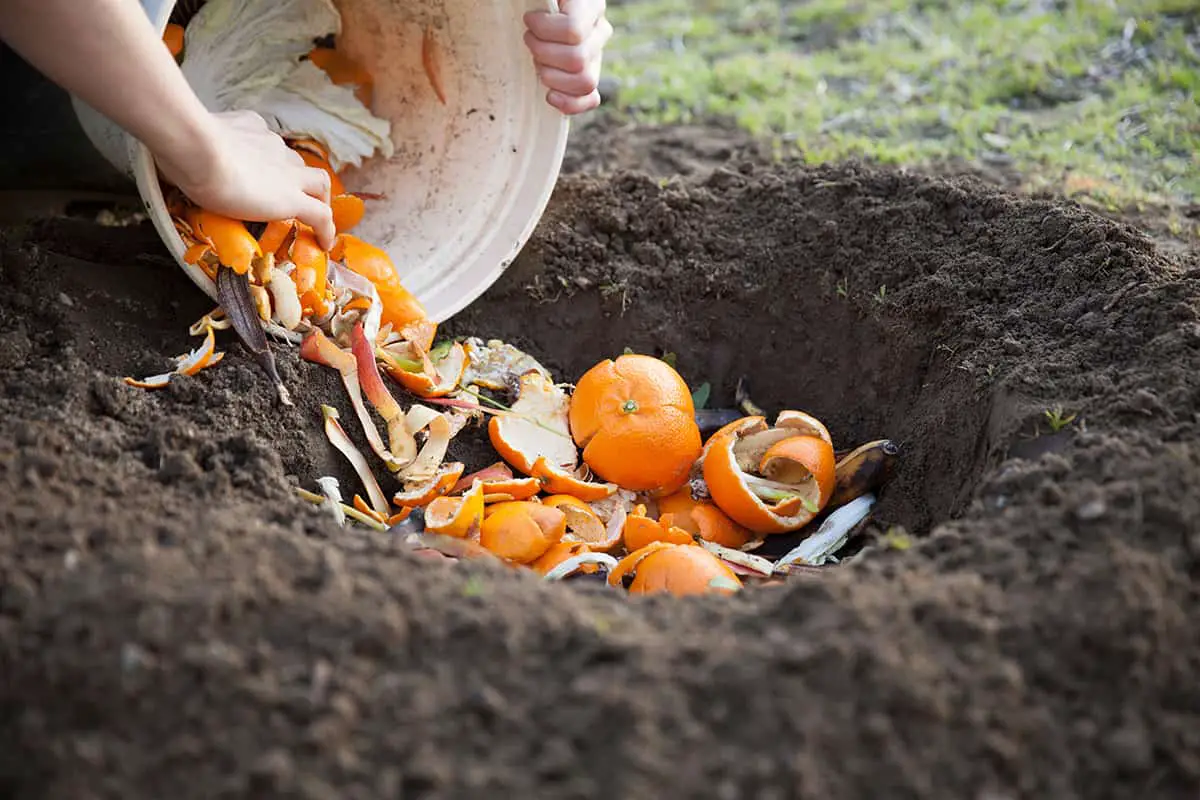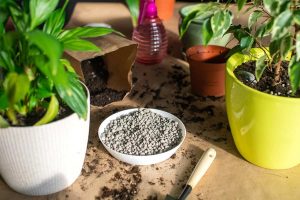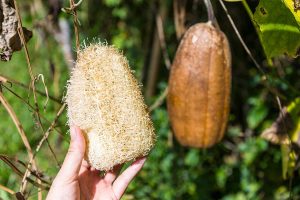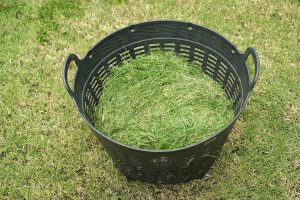Fruit peels can be a valuable resource for your garden, providing an organic and eco-friendly fertilizer option. Instead of discarding them, consider their potential for boosting the growth and health of your plants. By using fruit peels as fertilizers, you not only reduce waste but also give your plants the essential nutrients they need to thrive.
This article will explore various types of fruit peels and how they can be utilized to nourish your plants.
Table of Contents
Banana Peels
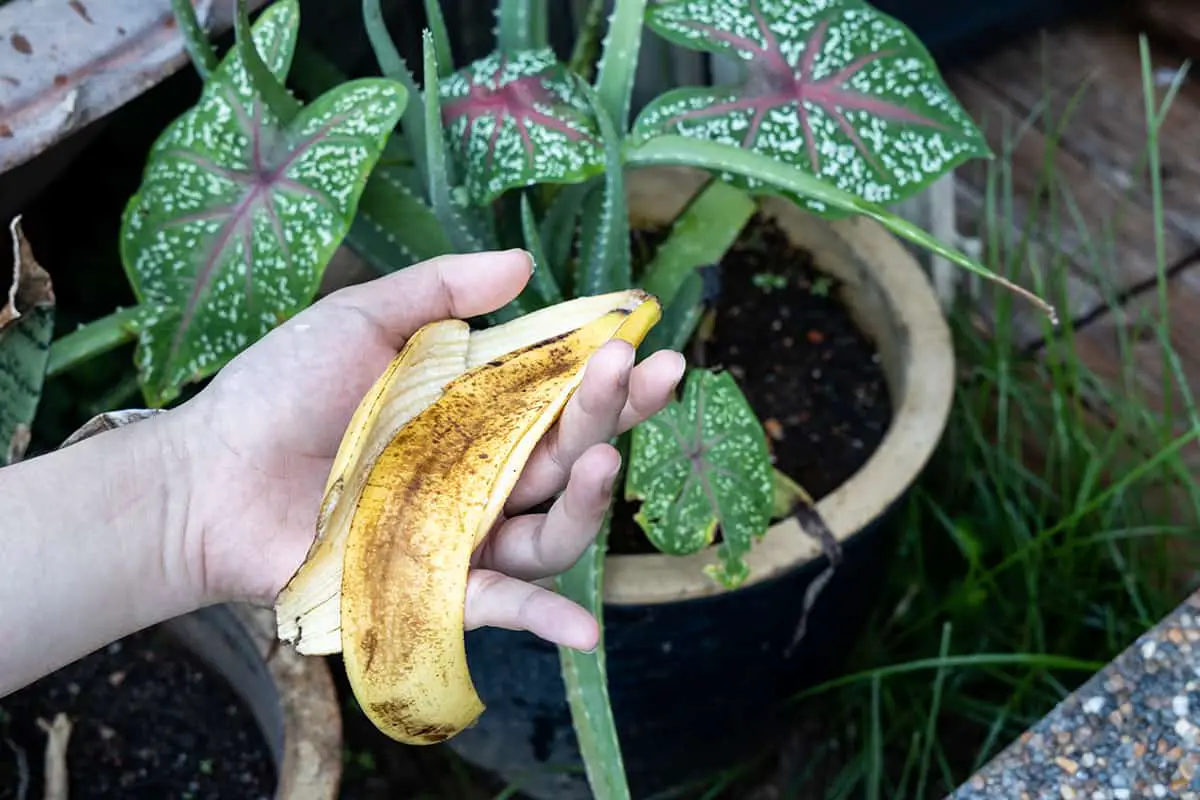
Banana peels are a valuable organic material that you can use as a fertilizer. They are rich in nutrients, which makes them perfect for promoting plant growth and health. The main elements found in banana peels are potassium, phosphorus, and calcium. Potassium is an essential nutrient for plants, playing a key role in maintaining the overall balance of the plant’s functions.
When using banana peels as fertilizer, you should first consider the preparation process. One common method is to create a banana peel tea, where you soak the peels in water for a few days. The water absorbs the nutrients, making it easy to apply to your plants by simply watering them with the infused liquid. This method helps your plants access potassium directly from the tea.
Another effective method is to create a banana peel biochar. Banana peel biochar is a sustainable and effective way to retain potassium in the soil. Researchers in Bangladesh have found that biochar made from banana peels can be a promising alternative to synthetic fertilizers. To make biochar, you need to heat the peels in an oxygen-limited environment, such as a kiln, which results in a production of nutrient-rich biochar.
Orange Peels
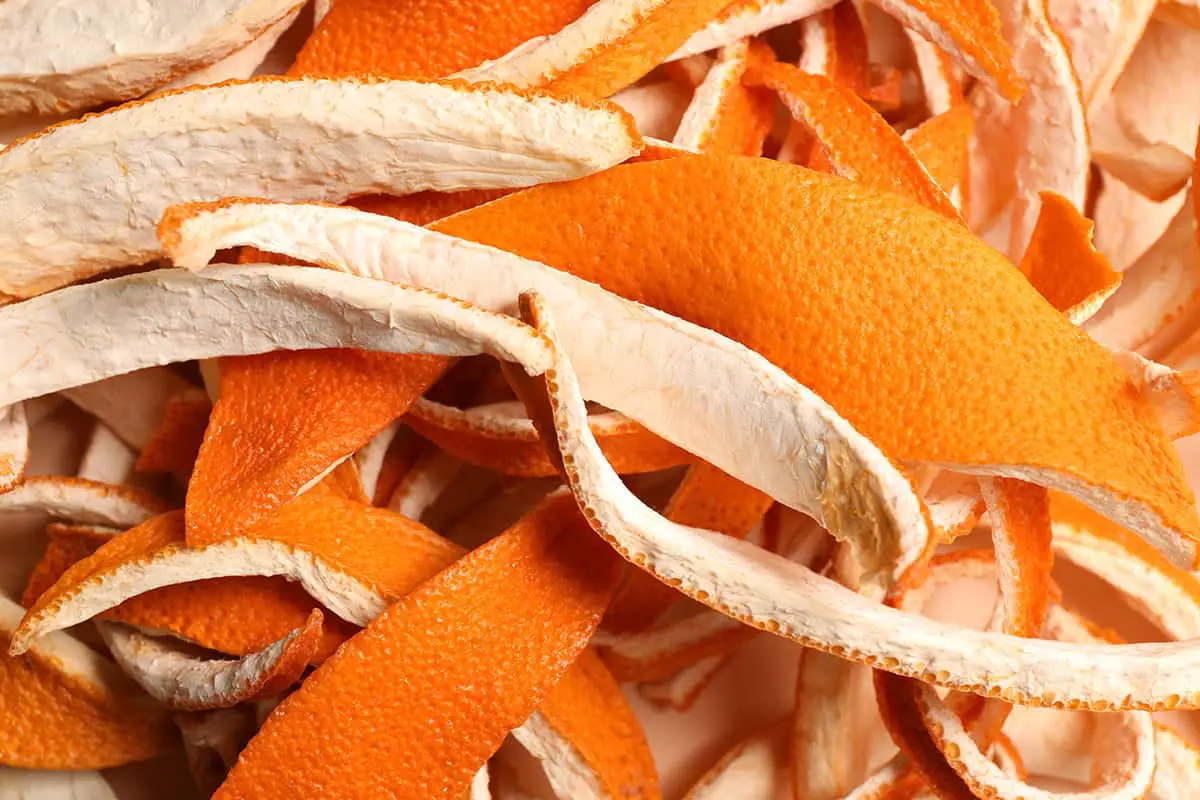
Orange peels are a valuable resource for gardeners, as they provide essential nutrients that help plants grow. The high acidic content in oranges makes them an excellent natural fertilizer, especially when combined with other fruit peels. One study found that orange peel extract showed potential as a plant fertilizer due to its lower acidity compared to the juice.
Using orange peels in your garden is easy. Start by ensuring that the peels are free from any pesticides. Then, you can either chop them up or dry and grind them into a fine powder. Both methods work well, but the powder form is believed to be more effective in releasing nutrients. This natural fertilizer can improve plant growth and provide essential nutrients.
To use orange peels, simply mix the chopped or powdered peels into your soil. Alternatively, you can create a nutrient-rich compost by combining orange peels with other organic materials like leaves, vegetable scraps, and coffee grounds. A study on aerobic composting found that citrus peels are an excellent nitrogen source for composting.
Lemon Peels
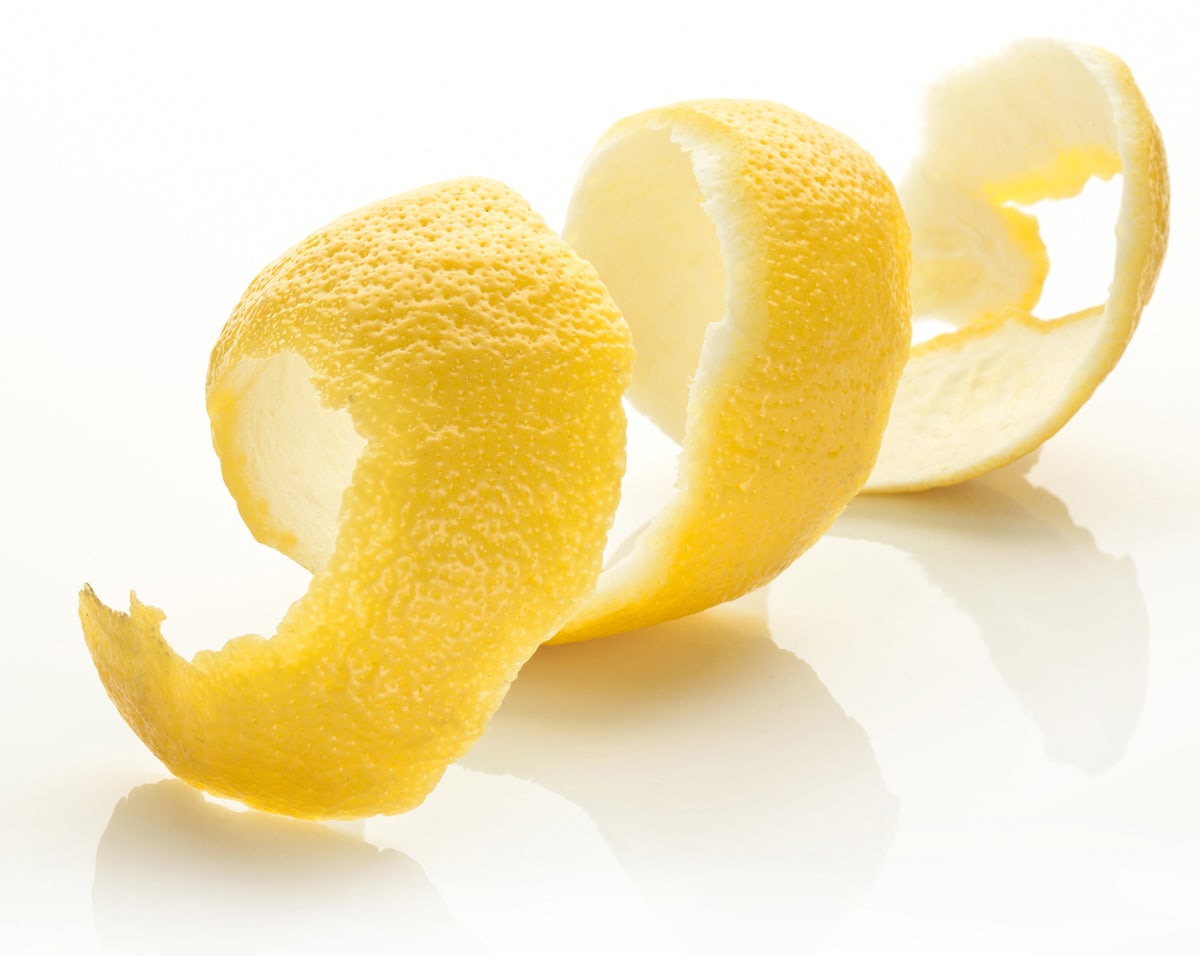
Lemon peels are a valuable addition to your garden, providing nutrients and improving soil health. They contain essential elements like nitrogen, phosphorus, and potassium, which are crucial for plant growth. In addition, they are rich in micronutrients and organic compounds that promote microbial activity in the soil.
Using lemon peels as a fertilizer is simple. First, chop them into small pieces to speed up decomposition. Mix the chopped peels with soil, compost, or add directly around the base of your plants. This method helps release the nutrients slowly, providing a continuous supply for your plants.
Moreover, lemon peels have some pest-repellent properties due to the citrus essential oils they contain. This natural deterrent can help keep pests at bay, protecting your garden without resorting to harsh chemicals. However, it is essential not to overuse lemon peels, as excessive citrus content may affect the soil’s pH level.
Apple Peels
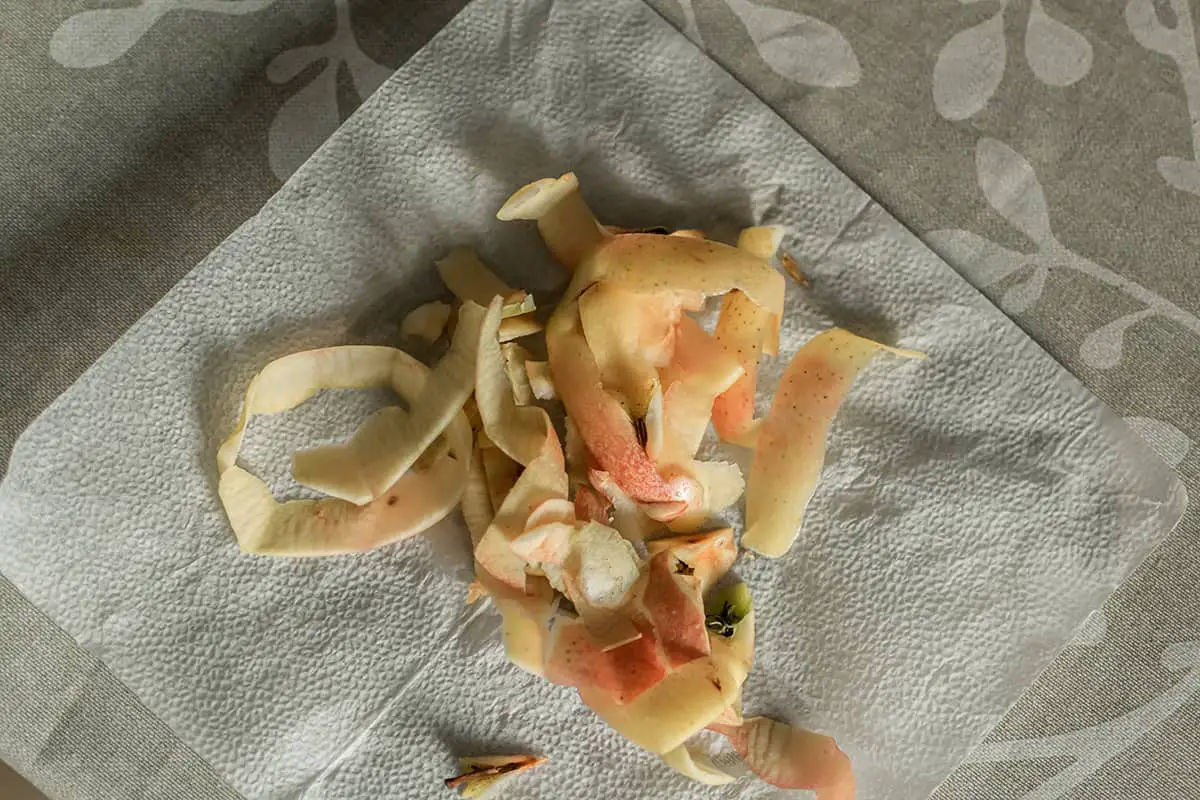
Apple peels are an excellent source of nutrients for your plants. They can be used as a natural fertilizer, providing essential nutrients such as potassium, nitrogen, and phosphorus. These nutrients are crucial for the overall growth and development of your plants.
You can use fresh apple peels as a mulch or compost them. To use as mulch, simply spread the peels around the base of your plants. This will help retain moisture and provide the nutrients your plants need. Moreover, it will also help to control weeds around your plants.
For composting, you can add the apple peels to your compost pile or bin. As the peels break down, they release their nutrients and contribute to the formation of nutrient-rich compost. Remember to mix green materials, like fruit peels, with brown materials such as dried leaves or cardboard. This will help achieve a balanced compost mix and speed up the decomposition process.
Additionally, apple peels offer a natural source of phytochemicals that can provide protection against pests and diseases.
Watermelon Rinds
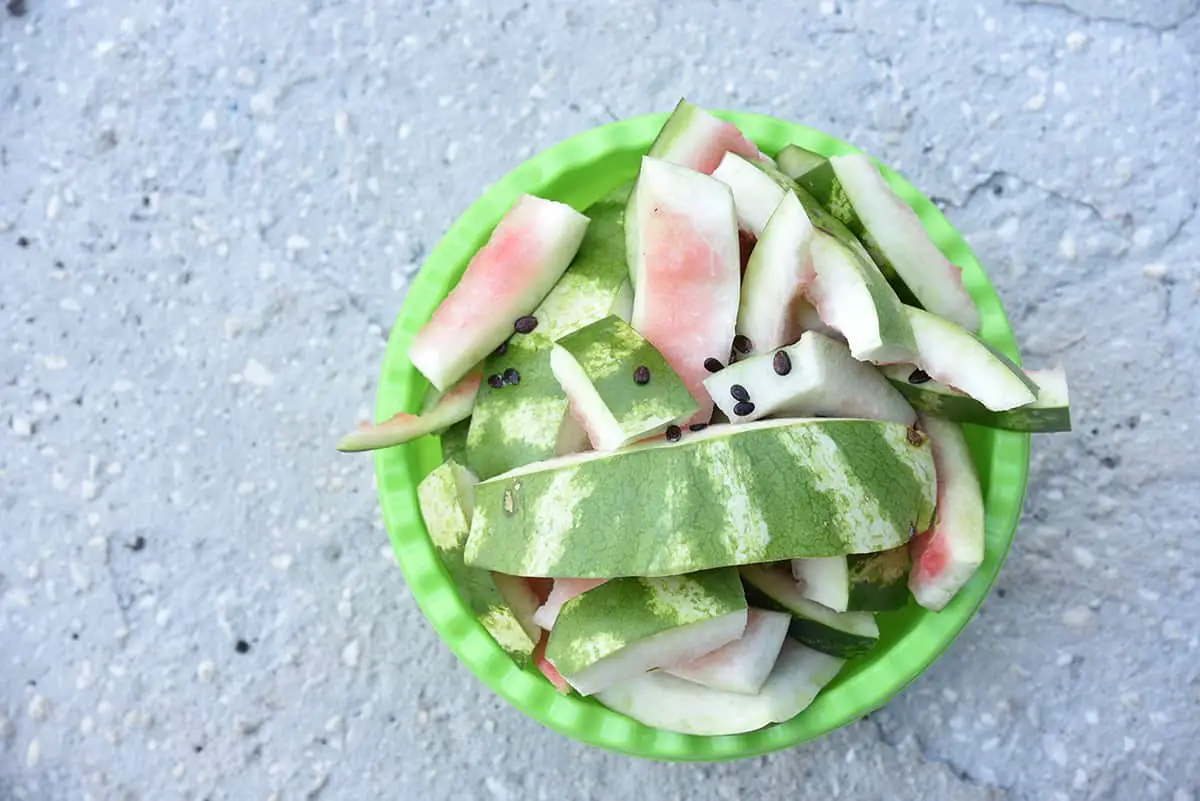
Watermelon rinds work as an excellent fertilizer. Your garden will benefit from their high water content and essential nutrients. As the rinds decompose, they release sugars and nourishment into the soil.
To prepare your watermelon rinds, first remove the juicy flesh and the green exterior skin. Chop the remaining pale green rind into small pieces. This step allows for quicker decomposition. Spread the rind pieces evenly over your garden or mix them into your compost heap.
Incorporating watermelon rinds improves overall soil quality due to their magnesium and potassium content. Both nutrients promote healthy plant growth. Magnesium aids in photosynthesis, while potassium strengthens root systems.
Lastly, incorporating watermelon rinds into your garden encourages beneficial insects and microorganisms. These creatures aid in breaking down the rinds further, enriching the soil and providing a nutrient boost to your plants.
Avocado Skins
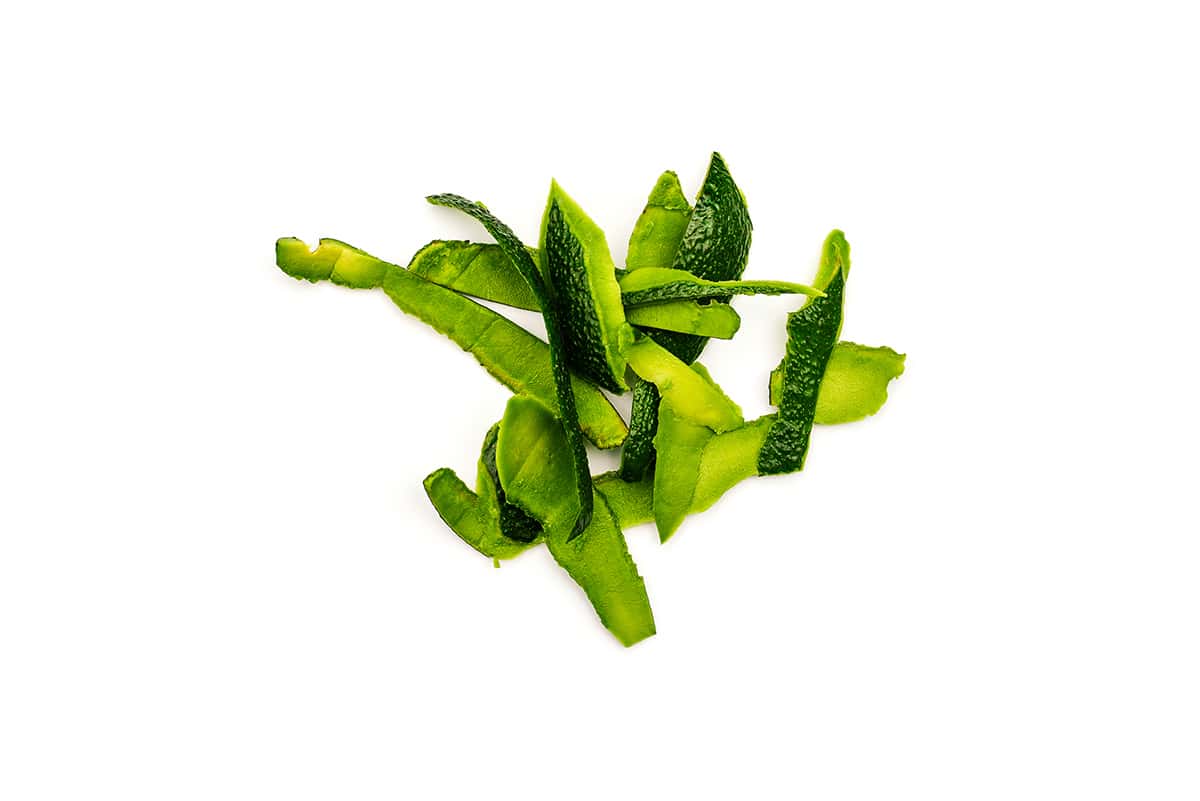
Avocado skins are a fantastic option for natural fertilizers. They are rich in nutrients, such as potassium, and can be easily repurposed from your kitchen waste. Incorporating avocado skins into your garden can promote healthy plant growth and improve soil structure.
To prepare the avocado skins for your garden, wash the skins thoroughly to remove any remaining fruit flesh. Next, chop the skins into small pieces or consider grinding them to speed up their decomposition process. Burying the chopped skins around your plants will allow the nutrients to seep directly into the soil and benefit your plants.
Composting is another popular method to utilize avocado skins as fertilizers. Add the chopped avocado skins to your compost pile, where they will break down over time. The decaying avocado skins will contribute valuable nutrients to the compost, which you can later mix into your garden soil as a potent organic fertilizer.
Mango Skins
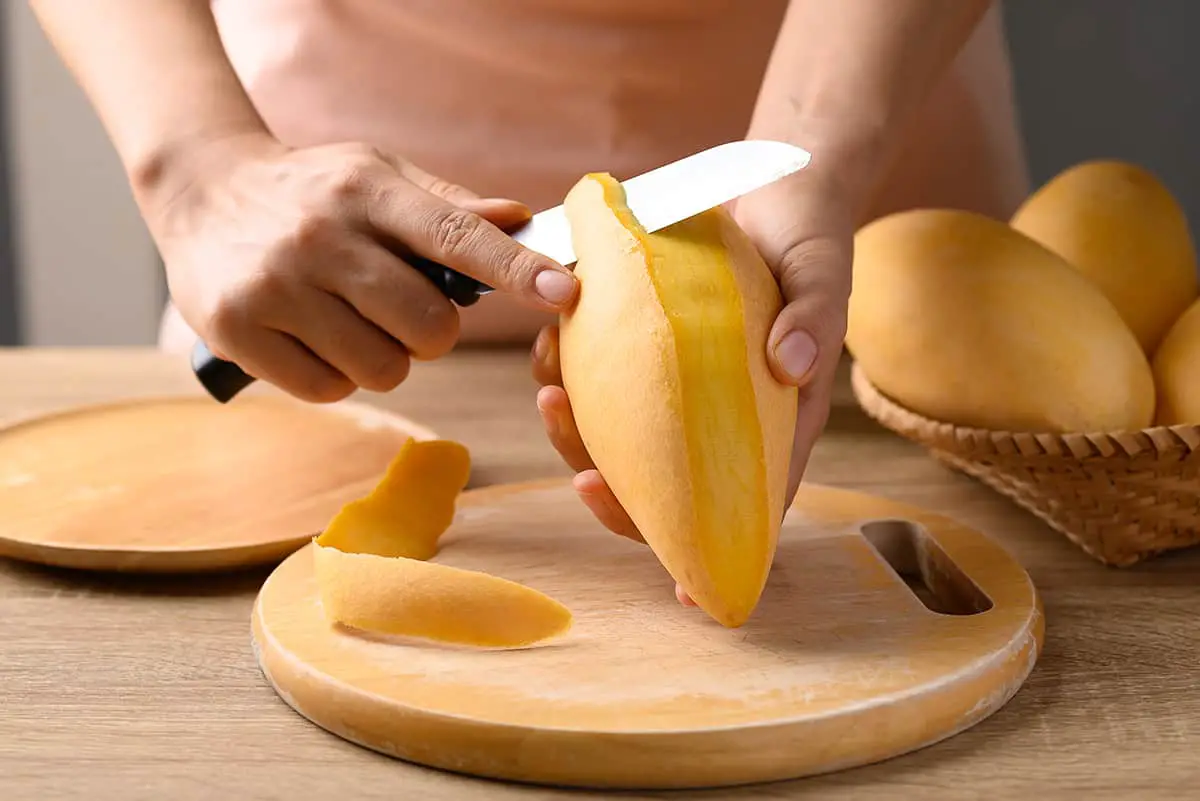
Mango skins are a valuable resource that can be used as a natural fertilizer. They are rich in essential nutrients which can help boost plant growth. Studies have shown that mango peels can improve the soil and increase nutrient availability for plants, thus enhancing their growth.
One of the many benefits of using mango skins as a fertilizer is their high nutrient content. These skins are abundant in nutrients such as calcium, vitamin B6, antioxidants, and fiber. This makes them an ideal choice for a natural and sustainable fertilizer option.
To prepare mango peels for use in your garden or farm, follow these simple steps: First, collect the peels after you have removed the fruit’s flesh. Then, allow the peels to dry under the sun for a few days until they become crisp. Once they are dry, grind them into a fine powder, which can be mixed into your soil or compost pile. The added nutrients will help improve the quality of your soil and promote healthy plant growth.
Peach Peels
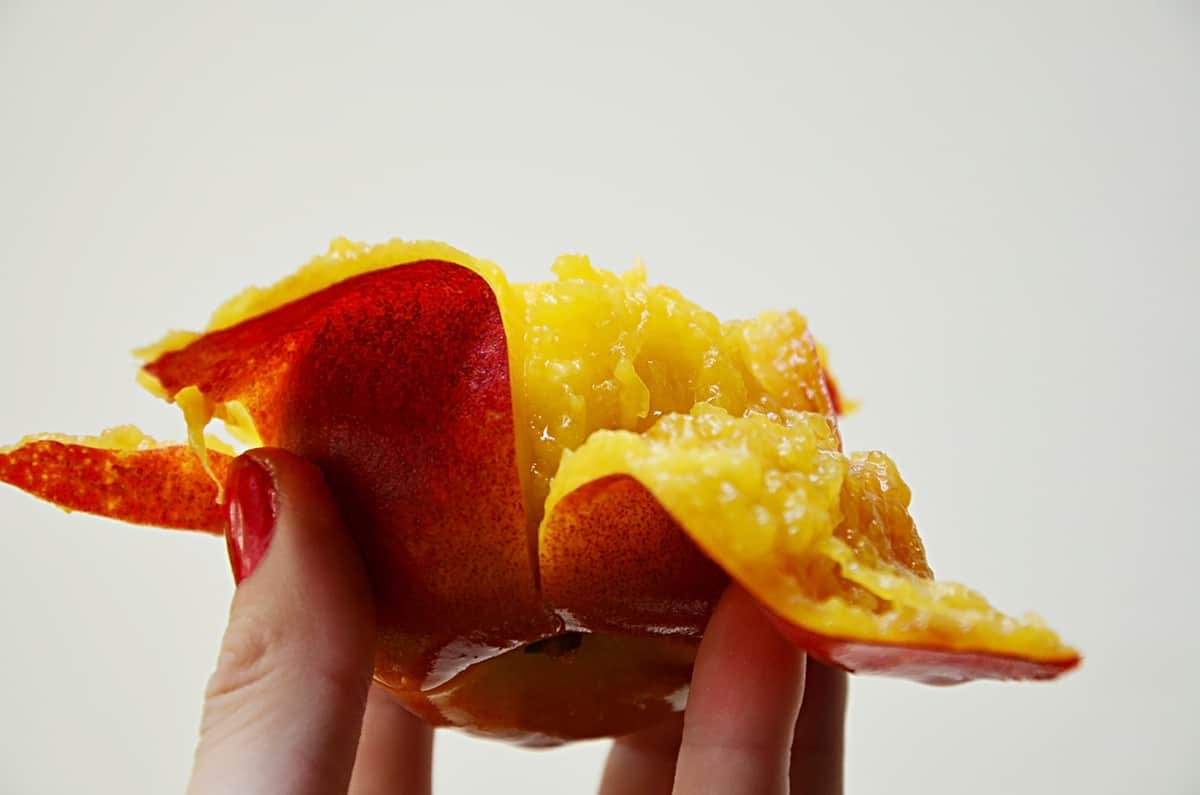
Peach peels can be a useful addition to your garden as a natural fertilizer. They are rich in nutrients that promote plant growth. To use peach peels as a fertilizer, you can either compost them or apply them directly to your garden soil.
To create a compost, collect your peach peels, along with other fruit and vegetable scraps, in a compost bin or pile. Turn the compost regularly to accelerate decomposition and allow nutrients to release into the soil. Once the compost is ready, spread it around your plants to give them a nutrient-rich boost.
If you prefer to apply peach peels directly to the soil, follow these simple steps:
- Collect the peels: Rinse the peach peels to remove any dirt or residue.
- Chop the peels: Cut the peels into smaller pieces to help them break down more quickly.
- Spread the peels: Scatter the chopped peels around your plants or use them as mulch.
Both methods provide your plants with essential nutrients like vitamin C and potassium, which can promote growth and overall plant health. Keep in mind that peach peels are just one component of a balanced garden fertilizer program, so it’s essential to integrate them with other nutrient sources to meet your plants’ needs.
Pear Peels
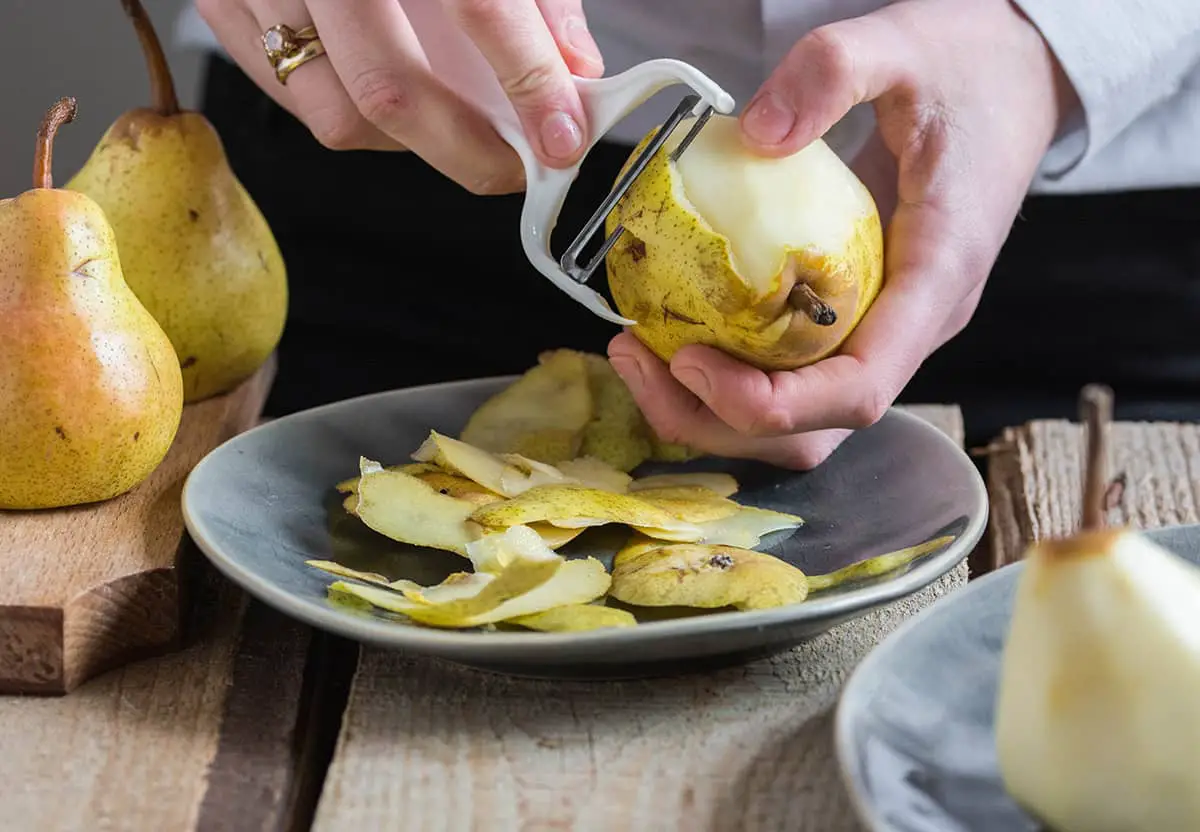
Pear peels are a fantastic way to add nutrients to your soil. Packed with essential minerals and organic compounds, they help improve the texture and fertility of your garden’s soil. In this section, you’ll learn about the benefits of using pear peels as a natural fertilizer.
The peels of pears contain high amounts of potassium, phosphorus, and other nutrients. These elements promote healthy plant growth, and when added to your soil, they are gradually released to your plants. You can simply throw the peels on your compost pile or directly incorporate them into the soil around your plants.
Another advantage of pear peels is their organic matter content. Organic matter improves soil structure, which is vital for good water retention and root development. Over time, adding pear peels will increase the quality and moisture-holding ability of your soil, resulting in healthier plants.
Finally, pear peels can also act as a natural pesticide. Substances found in pear peels can help deter pests, reducing the need for harmful chemical pesticides. This eco-friendly approach contributes to a more sustainable gardening experience.
Kiwi Skins
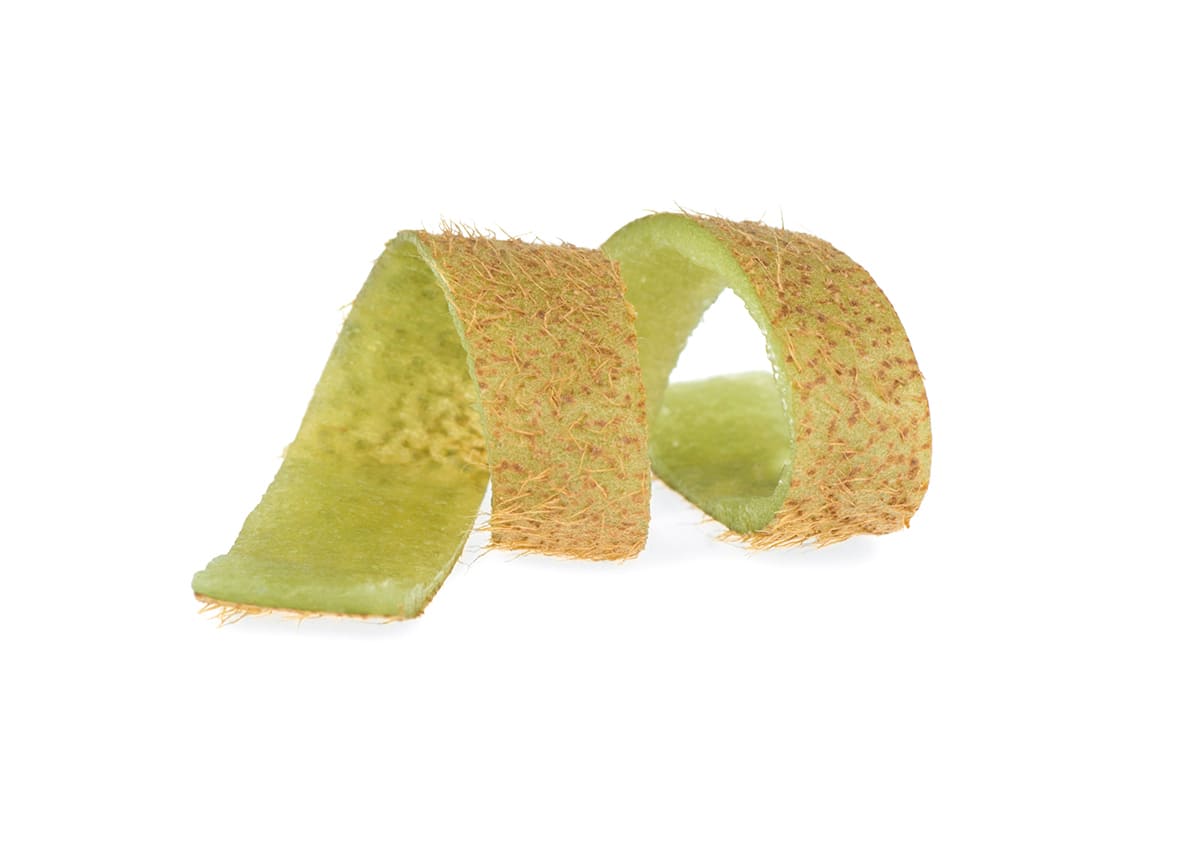
As a gardener, you may wonder if kiwi skins can be used as a natural fertilizer. Good news! You can use them for this purpose. Not only are kiwi skins rich in nutrients, but they also decompose relatively faster, providing your plants with essential nutrients.
In your compost pile, add kiwi skins along with other organic materials. This helps to create a balanced compost. Kiwi skins contain nutrients such as potassium, phosphorus, and nitrogen, which are crucial for healthy plant growth.
When using kiwi skins as fertilizer, chop them into small pieces to speed up the decomposition process. As a soluble source of nutrients, kiwi peels release these nutrients gradually, preventing nutrient burn or over-fertilization.
Frequently Asked Questions
What are the steps to create fertilizer from fruit peels?
To create fertilizer from fruit peels, first collect a variety of fruit peels, such as banana, orange, and apple peels. Next, chop the peels into small pieces for easier decomposition. Spread the chopped peels evenly in a compost pile or a designated area in your garden. You can also mix the fruit peels with other organic materials such as grass clippings and kitchen scraps. Over time, the fruit peels will decompose and enrich your soil with vital nutrients, benefiting your plants.
Which types of fruit peels are considered the most nutritious for garden use?
Several fruit peels are considered highly nutritious for garden use. Among them, banana peels are particularly valuable due to their high potassium content. Other peelings, such as orange, apple, and avocado, provide additional nutrients that can improve soil fertility and promote healthy plant growth. Integrating various fruit peels in your compost or directly into your garden soil ensures a diverse and balanced nutrient supply for your plants.
Is there a process for making liquid fertilizer from fruit peels?
Yes, there is a process for making liquid fertilizer from fruit peels. First, collect fruit peels and cut them into small pieces. Place the chopped peels in a container and fill it with water, covering the peels completely. Seal the container and let it sit for about two weeks, allowing the nutrients from the fruit peels to leach into the water. After two weeks, strain the liquid and dilute it with water in a 1:1 ratio. You can now use this nutrient-rich liquid fertilizer to water your plants, ensuring they receive the valuable nutrients from the fruit peels.
